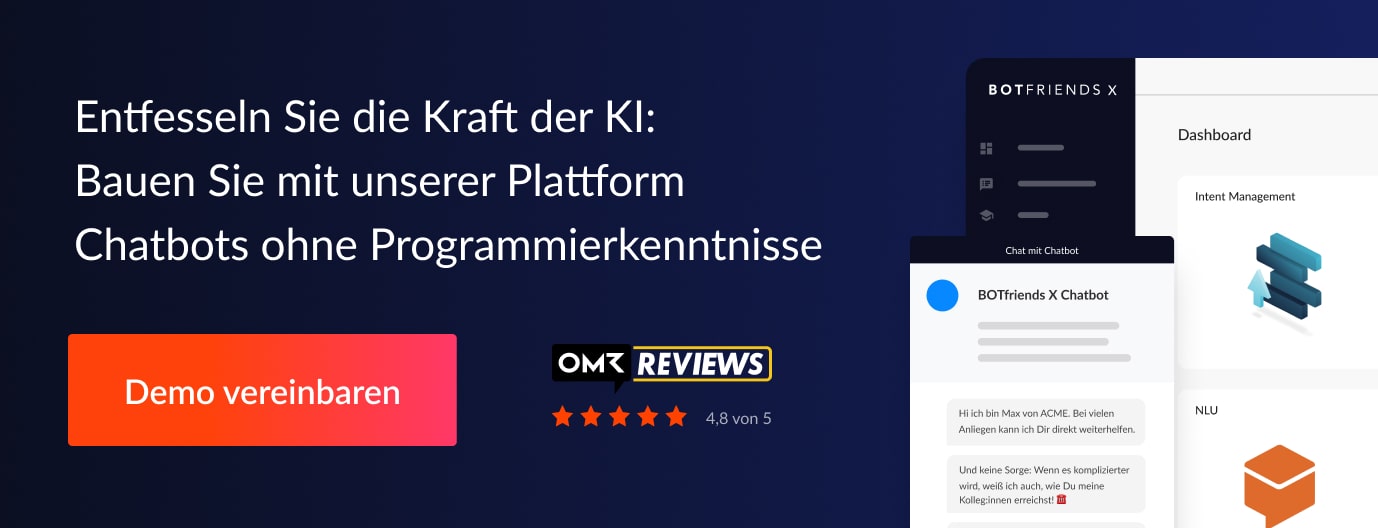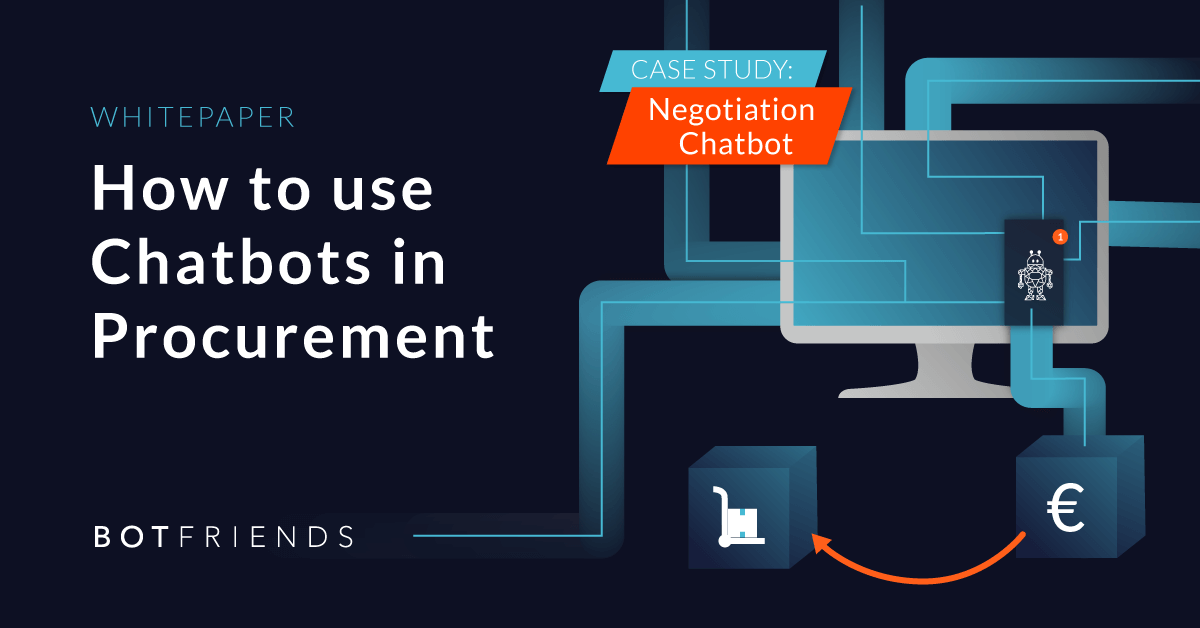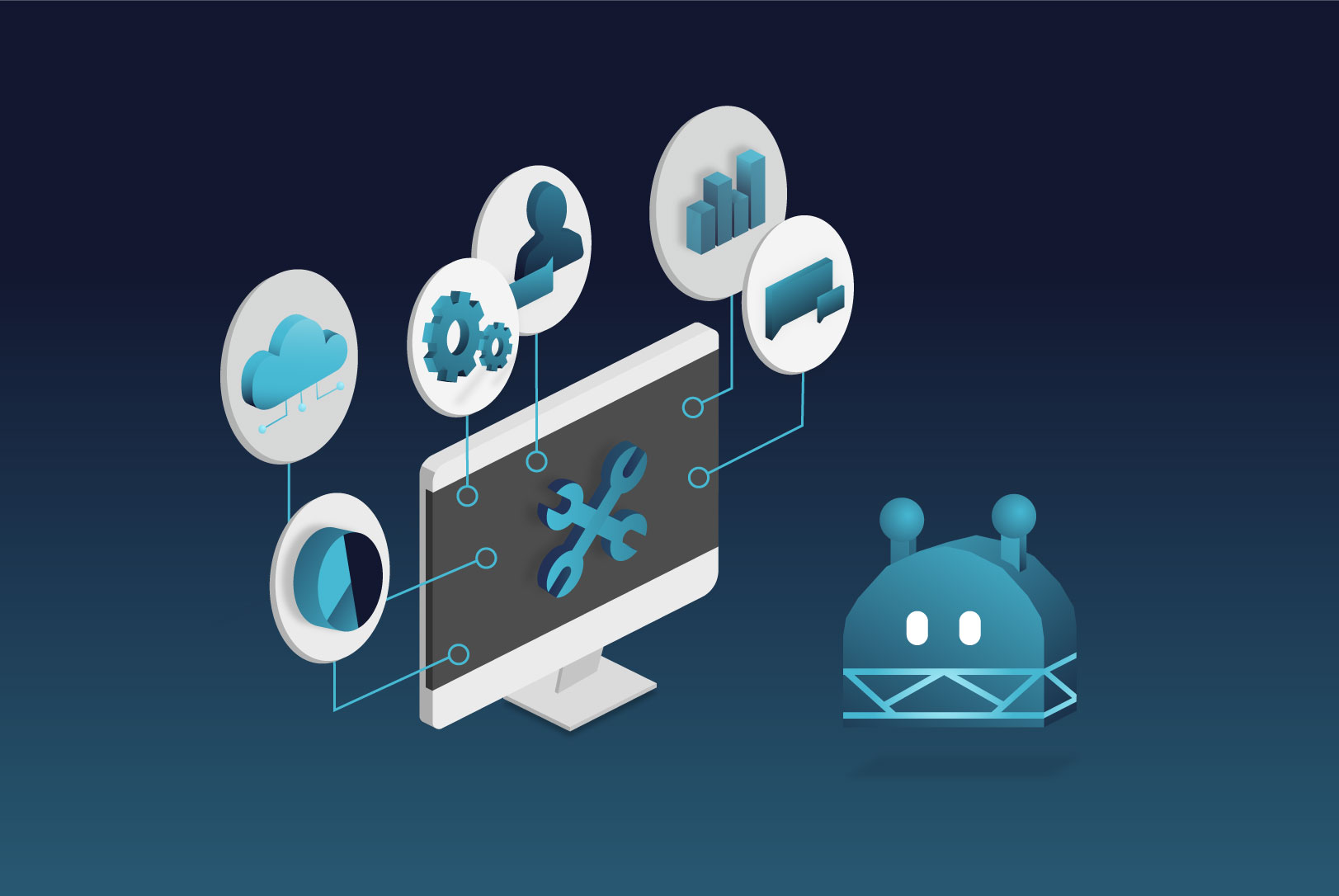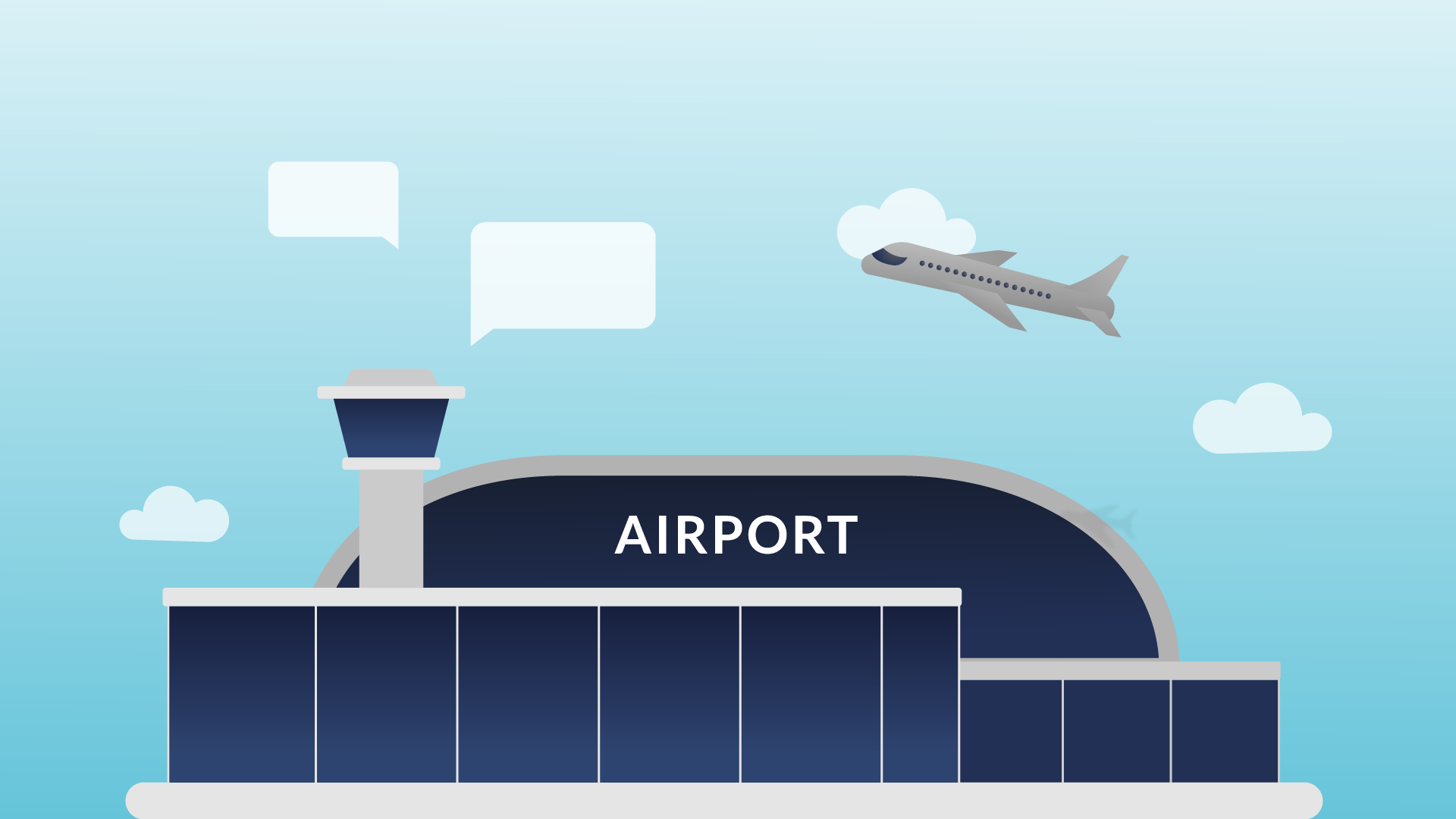Purchasing departments are always confronted with a big question: How can we reduce costs and make processes more efficient?
Many activities in purchasing are repetitive and follow a clearly definable sequence. It therefore makes sense to automate these with bots. In this way, processes can be made more efficient and the workload of employees can be reduced. But what kind of bot should purchasing departments choose? Chatbots? RPA bots? Or is a combination of both technologies better?
In this blog article you will learn:
- What RPA bots and chatbots are
- How the technologies differ
- Why they are the ideal solution for purchasing processes as a team
What is the difference between chatbots and RPA?
Put simply, the difference between chatbots and RPA bots is that chatbots mimic human communication and RPA bots mimic human actions.
What is a chatbot and what can it do?
A chatbot is a technology with which users can communicate using natural language. Users can communicate with the chatbot by entering text and asking questions. The chatbot can process, understand and automatically answer the user's questions with the help of natural language processing (NLP) services.
Chatbots are particularly suitable for quickly providing information around the clock. For example, a purchasing employee can ask a chatbot how long the contract with a particular supplier will last.
What is RPA (Robotic Processing Automation) and what is behind it?
With Robotic Processing Automation repetitive, manual, time-consuming or error-prone activities are learned and automated by bots. These processes follow fixed rules and structures. For example, the mass entry of numbers in forms can be automated by RPA bots.
RPA bots offer the advantage of automating tasks around the clock and unlike humans, they don't make careless mistakes or become unfocused.
When does an RPA bot and when does a chatbot make sense?
The use of an RPA bot makes sense when processes are to be automated without interaction with humans. These processes must run within fixed structures and be rule-based. In addition, the data must already be digitized.
In an RPA bot, there is no chat element with which users can communicate with the bot. An RPA bot also cannot react independently to changes. It always executes the process in the same way.
A chatbot, on the other hand, is flexible and user-centric. It can react to the different behavior of the users and spontaneously answer the next question. The user is not forced to always go through a certain process in the same order. For example, employees in the purchasing department can first ask for a supplier number and then for the order quantity. However, the chatbot would also be able to answer the questions if the order quantity is asked first and then the supplier number.
In addition, a chatbot offers the option of handing over the conversation to real employees. This process is called human handover. It is initiated when the chatbot is at a loss or users request contact with a real person.
How RPA and chatbots can unleash their full potential together
Both types of bots can develop their full potential when they are combined with each other. Here, the chatbot acts as a front end for the RPA bot, so to speak. When an employee wants to trigger an automated process, he or she starts a conversation with the chatbot. The chatbot gathers all the necessary information by asking the employee questions. This information is then transmitted by the chatbot to the RPA Bot and the automated process is triggered.
A simple example of this is an ordering process:
- An employee would like to order production materials.
- He/she contacts the chatbot and tells it that he/she wants to place an order.
- The chatbot requests the necessary information such as the supplier:inside number, quantity, etc. and passes this on to the RPA bot.
- The order process is triggered and processed.
- In the follow-up, the employee can use the chatbot to ask about the current status of the delivery.
For more examples of how chatbots combined with RPA can be used in procurement, see our white paper "How to use Chatbots in Procurement".




